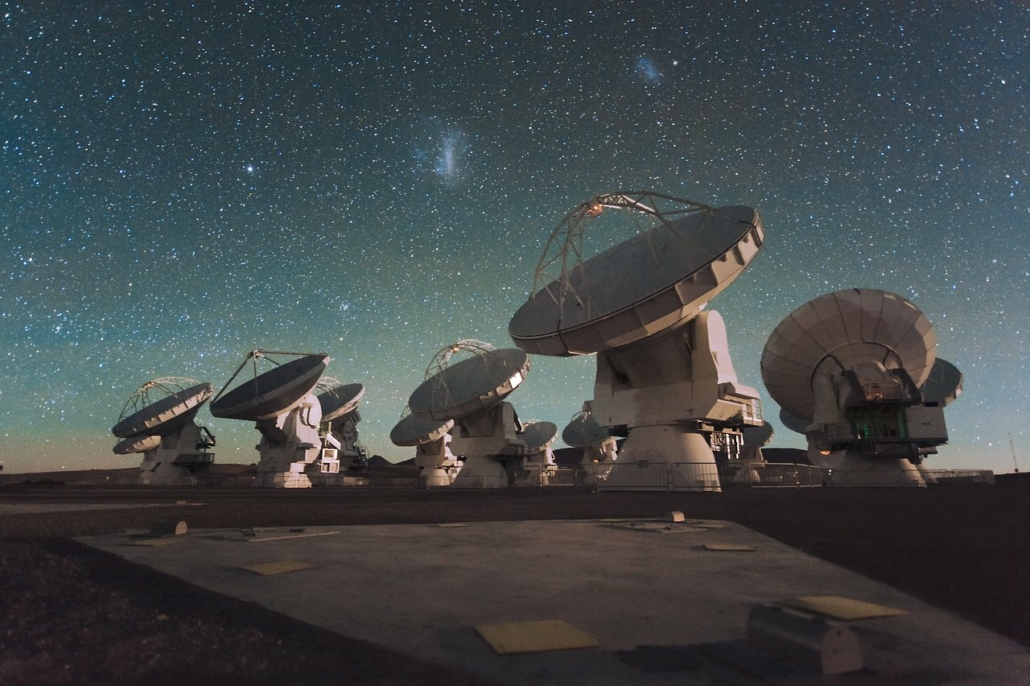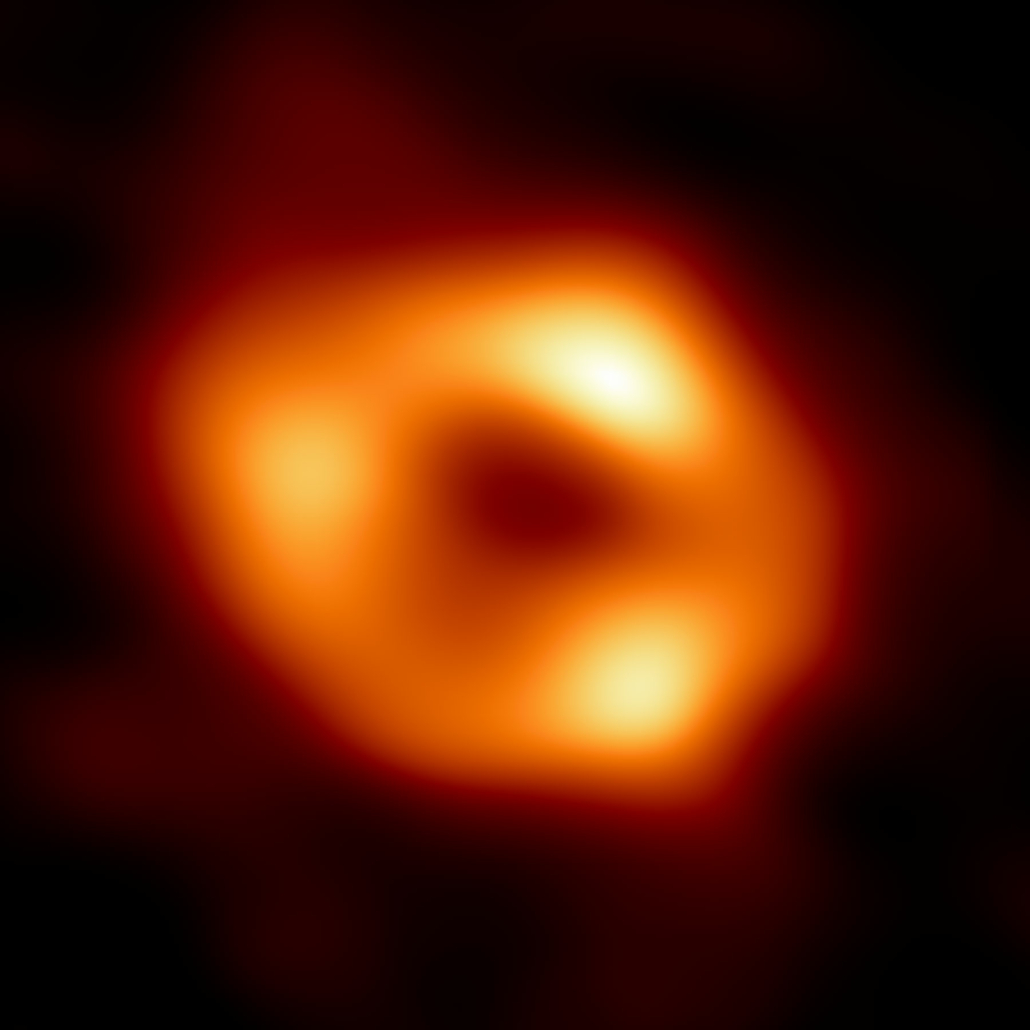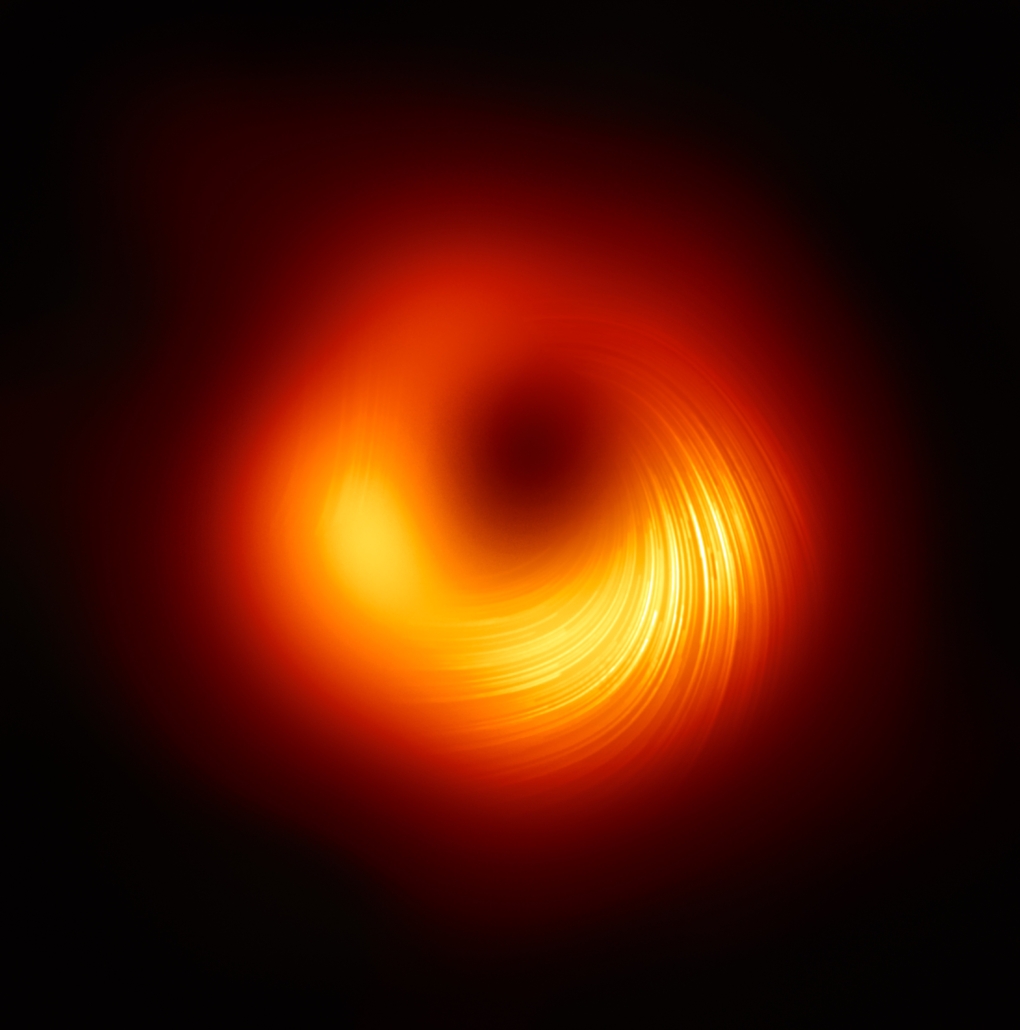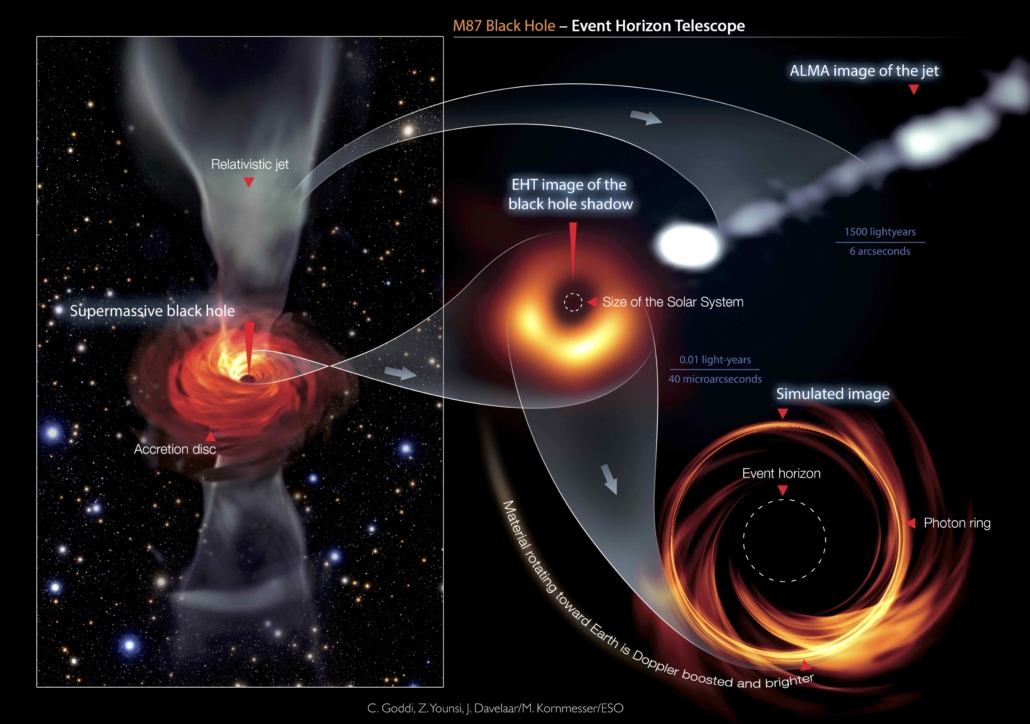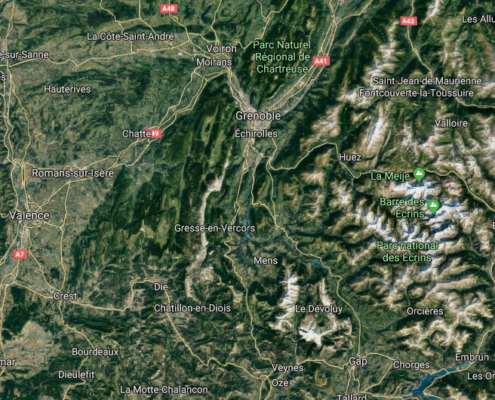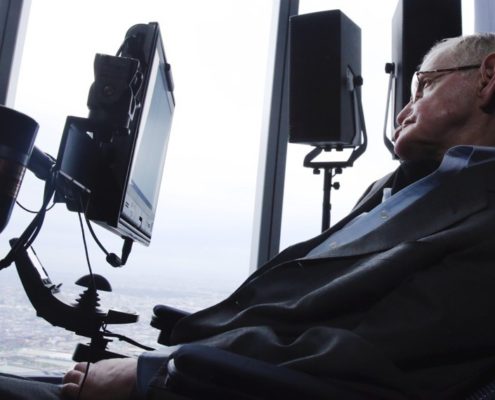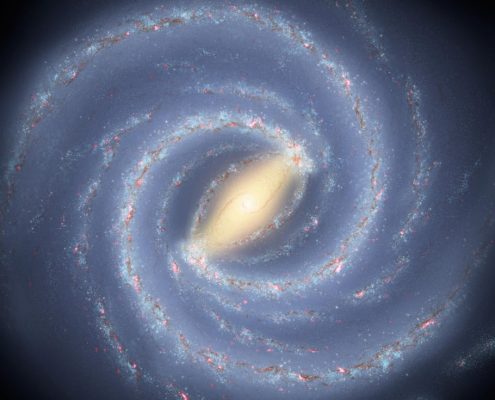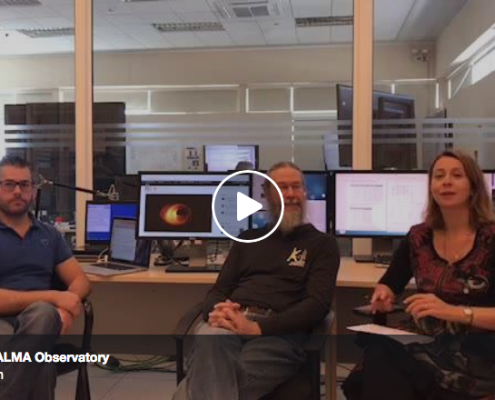Event Horizon Telescope Collaboration
Making the shadow of black holes visible. Image, measure, and understand astrophysical black holes. These are the goals of a global effort known as the Event Horizon Telescope Collaboration. Combining radio telescopes all around the world, the collaboration succeeds in zooming into the closest neighborhood of supermassive black holes in the centers of galaxies: M87 and our own Milky Way.
The resolution of this virtual Earth-sized radio telescope exceeds the projected size of these black holes, i.e. the size of their event horizon, from which nothing can escape the enormous gravitational field, not even light. This breakthrough opens a new window into the study of black holes, their event horizons, and gravity.
The whole endeavor is largely made possible by European research and investment, starting from the very idea of observing “shadows” and demonstrating the feasibility of such observations.
BLACK HOLE CAM
BlackHoleCam is the platform for coordinating the European efforts. It started out in 2014 with the collaboration between Prof. Dr. Falcke, Prof. Dr. Kramer, and Prof. Dr. Rezzolla funded by the European Commission (ERC synergy grant “BlackHoleCam: Imaging the Event Horizon of Black Holes” (Grant No. 610058)). By now it combines the capabilities of 32 universities and research institutions all across Europe and South Africa. Please find out more about the European achievements, science goals, and the people behind BlackHoleCam on this website.
FIRST IMAGE OF THE SUPERMASSIVE BLACK HOLE AT THE CENTRE OF OUR OWN MILKY WAY GALAXY
The Event Horizon Telescope has achieved a long-standing goal in astrophysics: Unveiling the first image of the supermassive black hole at the centre of our own Milky Way galaxy.
This result provides overwhelming evidence that the object is indeed a black hole and yields valuable clues about the workings of such giants, which are thought to reside at the centre of most galaxies.
IN POLARISED LIGHT
The Event Horizon Telescope (EHT) collaboration, who produced the first ever image of a black hole released in 2019, has today a new view of the massive object at the centre of the Messier 87 (M87) galaxy: how it looks in polarised light.
This is the first time astronomers have been able to measure polarisation, a signature of magnetic fields, this close to the edge of a black hole. This image shows the polarised view of the black hole in M87.
The lines mark the orientation of polarisation, which is related to the magnetic field around the shadow of the black hole.
M87 BLACK HOLE
Left: The black hole feeds on a swirling disc of glowing plasma, driving a powerful relativistic jet across several thousands of light years.
Bottom right: Approaching the black hole, gravity is so strong that light is severely bent, creating a bright (almost circular) ring. The north–south asymmetry in the emission ring is produced by relativistic beaming and Doppler boosting (matter in the bottom part of the image is moving toward the observer) and is mediated by the black hole spin (which is pointing away from Earth and rotating clockwise). Gravitational lensing magnifies the apparent size of the black hole’s event horizon into a larger dark shadow. The emission between the photon ring and the event horizon is due to emitting plasma either in the accretion flow and/or at the footprint of the jet (this emission is generally too dim to be detected by the EHT).
Top right: While the EHT can zoom in very close to the event horizon, down to scales of only 0.01 light years (or 3.7 light days), i.e., a region comparable to the size of our Solar System, the relativistic jet (extended across several thousand light-years) can be probed using ALMA intra-baselines, recorded during the EHT observations (greyscale image).

